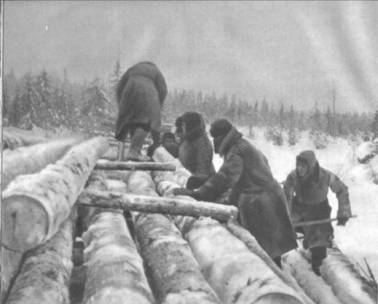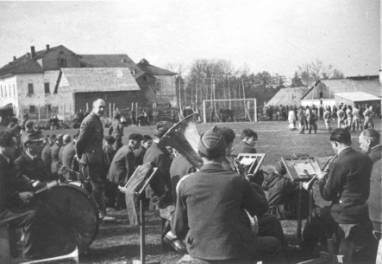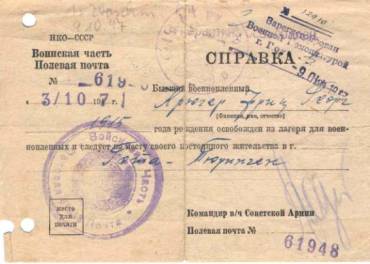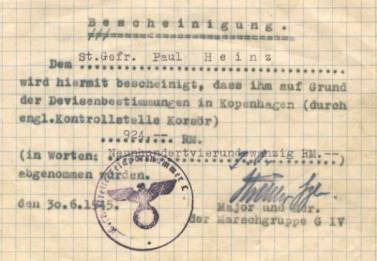

After
the end of World War II ca. ten million German soldiers found
themselves in captivity, the youngest of them still children, 14
or 15 year old boys, who had been helpers of the
“Luftwaffe” or who had been called into the
“Wehrmacht” in the last months of the war. The oldest
were members of the “Volkssturm” up to the age of 65,
some of them even older. A great part of Germany’s male
population (and also a large number of women) underwent the
destiny of captivity; some only for a few months, many for
several years, some of them more than a decade. It was not until
1956 that the last prisoners of war came back home from the
Soviet Union.
The
greatest part of the prisoners of war was in the custody of the
four powers: the USA, Soviet Union, United Kingdom and France.
Other countries also had taken prisoners among German soldiers
(Poland, Czechoslovakia, Yugoslavia) or had received them as
labour forces from their American, British or Soviet ally
(France, Belgium, Netherlands, Luxembourg, Poland,
Czechoslovakia).
The
POWs conditions of life were very different. They range from
conditions better than the situation of the people in Germany or
even of the civilian population of their “host” country
to sadistic torture and the most intense hard labour. The best
fortune met those who had been transferred to the USA, to the
United Kingdom and to Canada. Bad was the fortune of those who
came into one of the great American camps in France, and, even
worse, in Germany (the so-called “Rheinwiesenlager”) in
the final period of the war. France received POWs as labour
forces from it’s allies. The conditions of life were –
except for those working in farms – often very bad because
the whole country was totally powered out by the war.


Camp Grjasovec, Sovjet Union: Labour in the
forest and camp orchestra, 1947
Worst
– and longest – was captivity in the Soviet Union.
Hunger with all it’s manifestations – oedemas, dropsy,
total weakness, psychic transformations, phantasms and
hallucinations of hunger – were part of prisoners’
everyday life. Insufficient accommodations, cold and frostbitten
members, the lack of sanitary installations and the outbreak of
infectious diseases, the system of spies which the Soviets pushed
on among the prisoners and the general uncertainty about their
own future were normal parts of their life. Especially in the
beginning, the death rate was extremely high.
Not at all
enviable was the destiny of prisoners in Poland and also in
Tito’s Yugoslavia; in this country, general acts of revenge,
mass executions and systematic tortures took place.


Document of Discharge from the Soviet
Union, 1947
Receipt for confiscated money, Denmark 1945
In
a case of death – perhaps the death of the former
soldier and POW himself or at least in the case of death of his
widow – the estate is looked through by the heirs, is
assorted and a larger or smaller part is given away. When the
heirs do not have a relationship to them, in the worst case the
souvenirs of the bygone life end up in the trash. Or, a luck for
the collectors, they are “recycled” at the flea-market.
Both CD-ROMs
on prisoners of war show examples of all these things, which the
actual collector, who is interested in this subject can get into
his hands – since they are made out of paper. On rare
occasion one can also see larger things, for example handicrafts
done by a POW in the camp, like a carved chess-game, self-made
forks and spoons, musical instruments and so on. But as the
luggage a POW could take with him home was limited, he was forced
to select which larger objects were precious enough for him to
put into his bag or case.